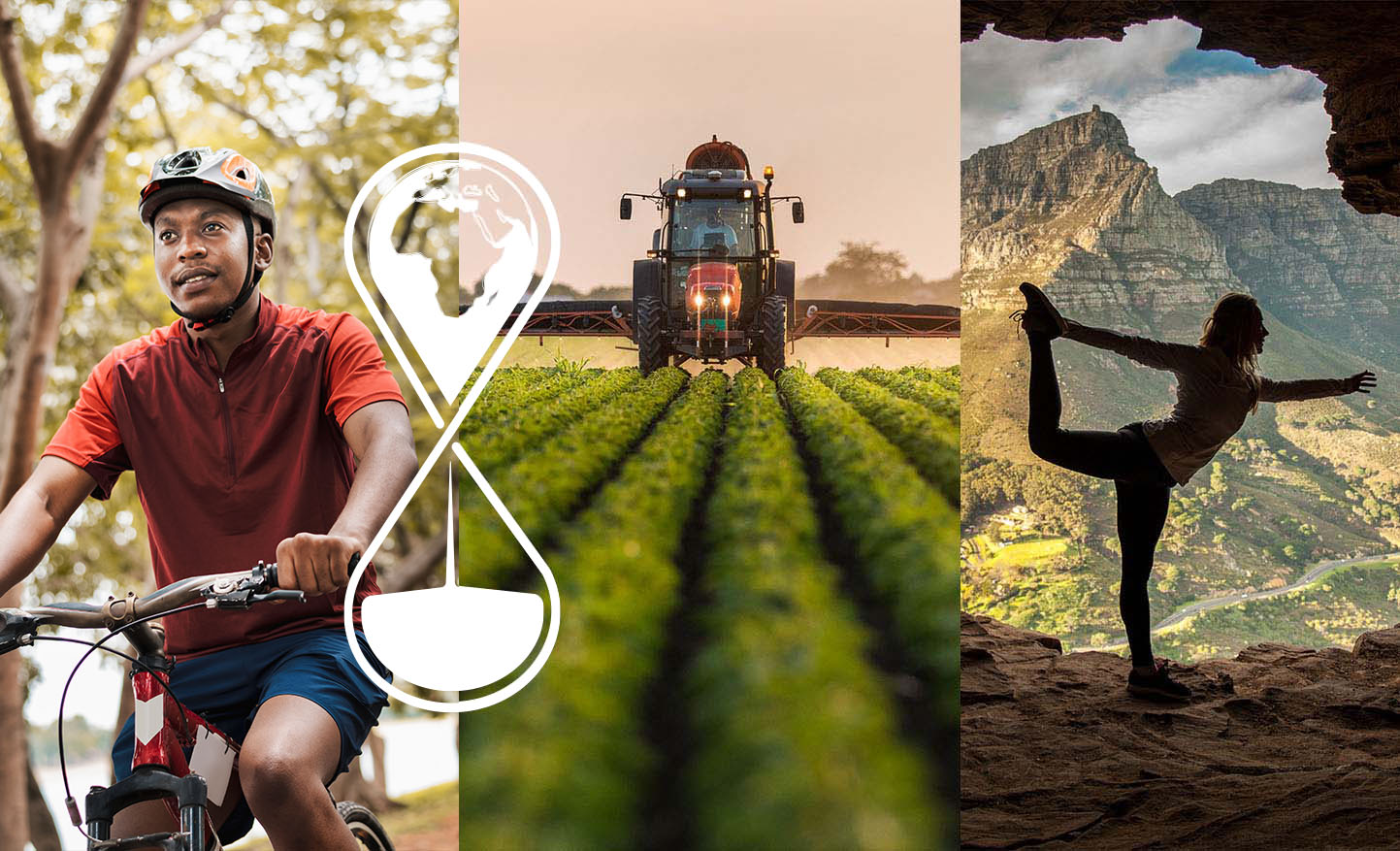The inclusion of people and local communities is at the heart of ensuring the successful achievement of the 30×30 target.
Communities are at the very centre of the creation and management of Protected Areas and OECMS through ensuring their prior informed consent, enabling people to continue to live on their land, and in providing a mechanism for enriching their lives.
By drawing on the indigenous knowledge of local communities for utilising the land in a sustainable manner this ensures the protection of the land into the future, and through economic activities such as game farming and tourism, revenue streams can flow to the communities that live there.
There are many tangible examples in South Africa where land has been restored to their rightful owners and through co-management and biodiversity stewardship these communities are able to utilise their land while protecting the environment, simultaneously standing to gain in livelihood enrichment and jobs.
Examples
Kruger to Canyons Biosphere Reserve (K2C)
The Kruger to Canyons Biosphere is currently running 11 projects with multiple partners in the region linking sustainable development and biodiversity conservation. The project includes the “expansion of protected areas; other effective area-based conservation measures (OECMs); capacity building of environmental monitors in rural communities; environmental awareness; water security; alien invasive plant clearing, agro-ecology and sustainable land management.”
Gumbi-Somkhanda
The Gumbi are a small clan of Zulu-speaking people in northern KwaZulu-Natal. Their story underscores the wisdom of conserving large areas of biodiversity and, in the words of the Gumbi leadership, finding ways to “share life with nature”.
In 2005, the South African government returned 20,000 hectares to the Gumbi. Upon getting it back, the chief and his council decided to re-settle on only a quarter of it. They set aside the remaining three-quarters for conservation. Much of this protected land – called Somkhanda – had been degraded by overgrazing. It was therefore only marginally suited for agriculture but, after minimal restoration, was ideally suited for a game reserve.
Somkhanda became the first community-owned reserve under the Protected Areas Management Act, meaning the land was committed to be used for conservation for the foreseeable future. Many Gumbi gained employment in the initial land restoration process. Now, many have jobs as game rangers, trail guides, lodge receptionists, chefs, drivers and anti-poaching staff.

Protected Areas ensure Food Security
At present, several of South Africa’s resources are overexploited, which results in a loss of potential food protein, livelihoods and income, as well as the loss of the traditional fishing culture associated with South Africa’s coastal communities
By conserving a diversity of terrestrial crops and animals in protected areas it maintains domesticated crops in situ and therefore biodiversity in our food systems.
Fisheries also play an important role in meeting food security needs and providing livelihoods for more than 100 000 people in South Africa
Protected Areas are important recreation areas, and they conserve cultural and spiritual sites.
Being in contact with nature provides people with opportunities for physically and psychologically beneficial activities, healing, relaxation, recreation, leisure and aesthetic enjoyment.
Terrestrial protected areas reduce the risks of future pandemics.
By slowing down habitat fragmentation, terrestrially protected areas decrease the risk of zoonotic disease transmission by up to 80% compared to unprotected areas.




